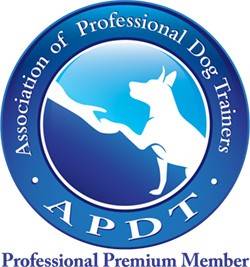The age-old debate between reward-based training and punishment in dog training continues to spark discussions among pet owners and trainers. This post aims to explore both methods, highlight their implications, and guide readers in making an informed decision to foster a positive and healthy relationship with their furry companions.
Reward-Based Training: A Positive Perspective
Understanding the Basics:
Reward-based training centers on positive reinforcement, rewarding your dog for good behavior. This could include treats, praise, or playtime, creating a positive association with desired actions.
Building Trust and Confidence:
Dogs respond well to positive reinforcement, fostering trust and confidence in their interactions with you. Rewards motivate your dog to repeat good behaviors, creating a harmonious learning environment.
Long-Term Impact:
Positive reinforcement tends to result in long-lasting behavioral changes, as your dog associates good behavior with positive outcomes.
Addressing Undesirable Behavior:
Instead of punishing unwanted behavior, focus on redirecting and rewarding the desired alternative, promoting a more constructive approach.
Punishment: The Pitfalls and Alternatives
The Downside of Negative Reinforcement:
Punishment, whether physical or verbal, can lead to fear and anxiety in your dog, potentially damaging the bond between you and your furry friend.
Inconsistency and Confusion:
Dogs may struggle to understand the connection between their actions and the punishment, leading to confusion and stress.
Potential Aggression and Fear:
Punishment can escalate into aggression or fear-based reactions, causing more harm than good in your dog’s overall well-being.
Positive Alternatives:
Rather than resorting to punishment, consider redirecting your dog’s attention to a more acceptable behavior and rewarding that behavior instead.
Striking a Balance: Best Practices in Dog Training
Clear Communication:
Establish clear communication with your dog, using consistent cues and commands to guide behavior.
Patience and Consistency:
Both training methods require patience and consistency. Positive reinforcement may take time, but the results are often more enduring.
Professional Guidance:
Consult with professional Dog Trainers in Marlton NJ who can offer personalized advice based on your dog’s temperament and specific training needs.
Conclusion:
In the end, the best approach to dog training often involves a combination of both methods, leaning more heavily toward positive reinforcement. By understanding your dog’s needs, preferences, and unique personality, you can tailor your training approach for a happy, well-behaved, and trusting companion. Remember, a well-trained dog is a happy dog, and a happy dog makes for a content and fulfilled pet owner.






Speak Your Mind